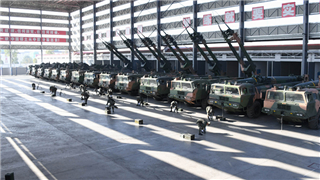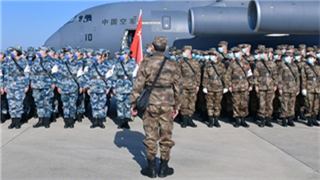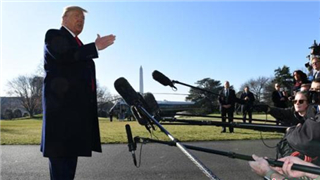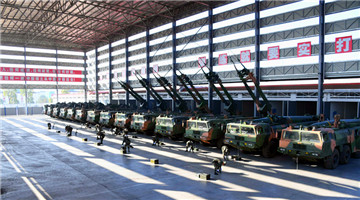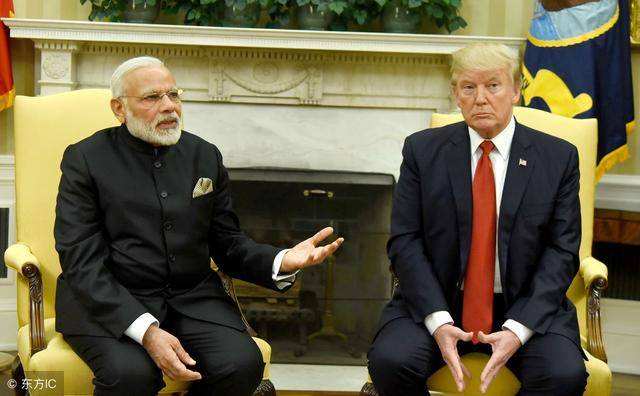
By Lin Minwang
US President Donald Trump has just wrapped up his first official visit to India without much substantive achievement despite the pomp and pageantry. It’s clear that Washington and New Delhi have the common strategic needs to contain China on certain issues, but they are still far from aligned in terms of strategic capability and coordination if they want to translate such needs into concrete actions and policies.
There is no denying that the China factor was once the lubricant on US-India relations, and its role has been further intensified with the current escalated strategic competition between major countries. Ever since the George Walker Bush administration, the US has upheld the strategic logic of “containing China through India”, which has been accepted by the US’ strategic circle over timeand even evolved into a bipartisan consensus.
However, will it eventually bring the “expected” return if the US puts its strategic stake on India? Is India’s strategic choice going to satisfy the US? After all Washington has mixed feelings toward New Delhi. On the one hand, it put forth the “Indo-Pacific strategy”, promising a permanent and stable US-Indian strategic partnership and even important strategic status equivalent to Japan. On the other hand, the US has nursed a grudge over its trade deficit against India and even terminated India’s Generalized System of Preferences (GSP) treatment as a beneficiary developing country.
The common strategic demand of the two countries for building a “multi-polar Asia” is the fundamental reason for their joint advancement of the “Indo-Pacific strategy”. However, what India wants is an ASEAN-centered, inclusive regional architecture focused on economy and infrastructure, whereas the US aims at a regional security framework centered on the quadrilateral security dialogues between Washington, Tokyo, New Delhi and Canberra.
During his visit to India, Trump tried to woo India into a closer strategic partnership to contain China, but the host didn’t say yes to everything it asked for. Actually such a scene once appeared during the Cold War when New Delhi complained about Washington’s stinginess, while Washington complained about the other’s insatiability. Besides, the US has long been a strategic pragmatist - leveraging if it can and kicking out if it cannot - which has left an indelible impression on India and Pakistan of South Asia.
After all the engagement, India has become well aware how to deal with the US. In the words of its foreign minister, India needs to form alliance on multiple ends and choose partners based on specific fields. In other words, the Asian country will seek foreign cooperation in light of its own needs and interests. Such subtle traces can be found with a close scrutiny of the US-India Joint Statement reached during Trump’s visit to India.
For the Trump administration, it has become harder to count on India to counterbalance China, but more attention has to be paid to the increasingly fortified military and defense relation between Washington and New Delhi in recent years. We should carefully consider whether this tendency will affect the South Asian situation and China’s security environment, and then make targeted and rigorous preparations.
(The author is a researcher at the Institute of International Studies at Fudan University, Shanghai)
